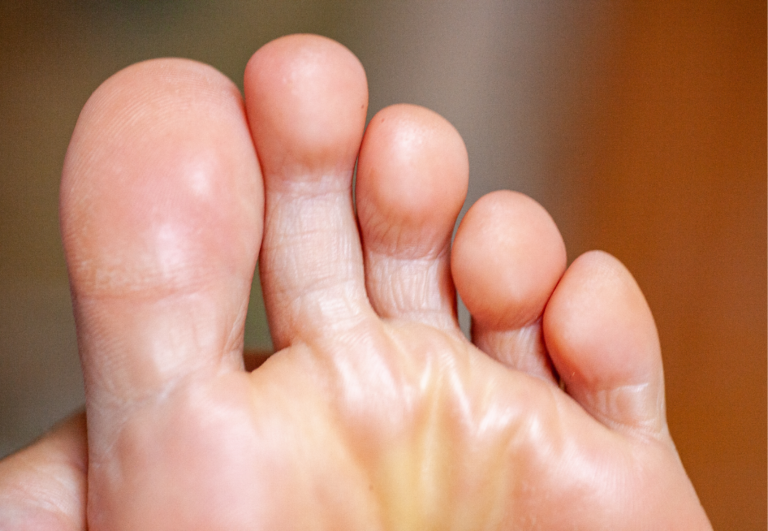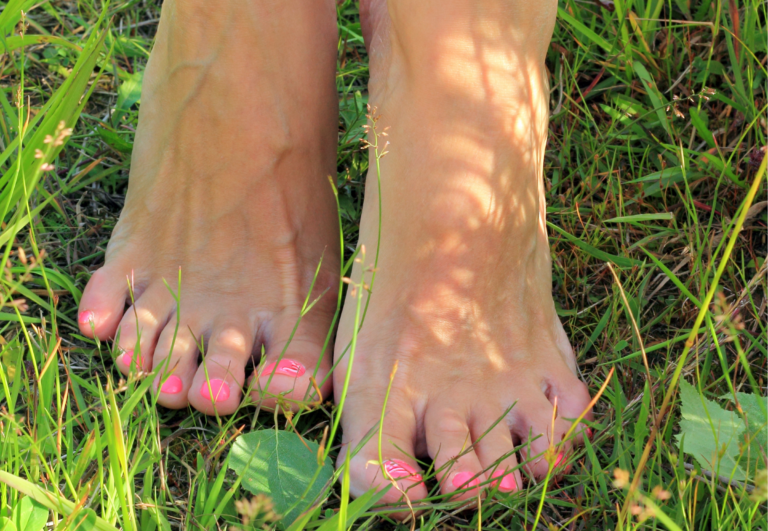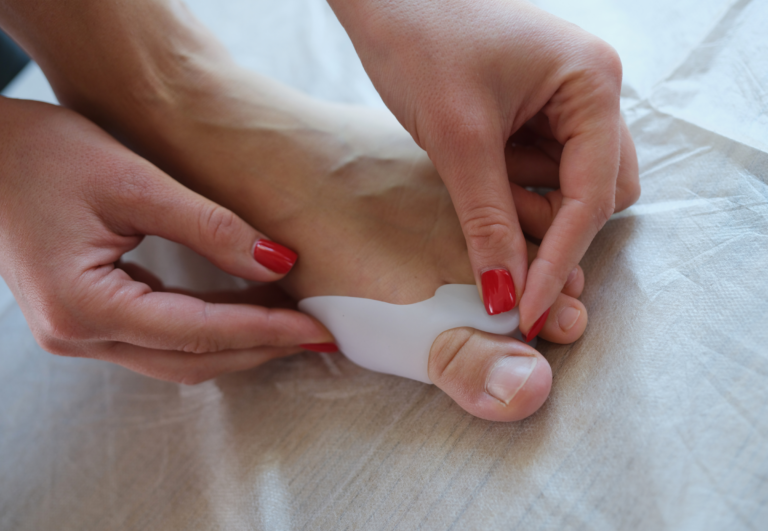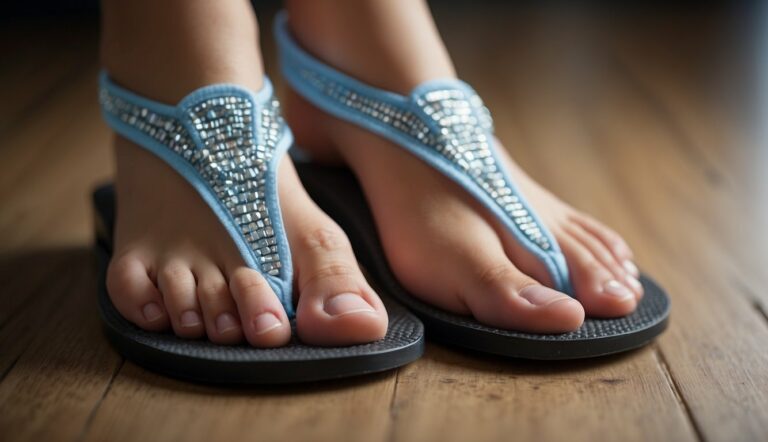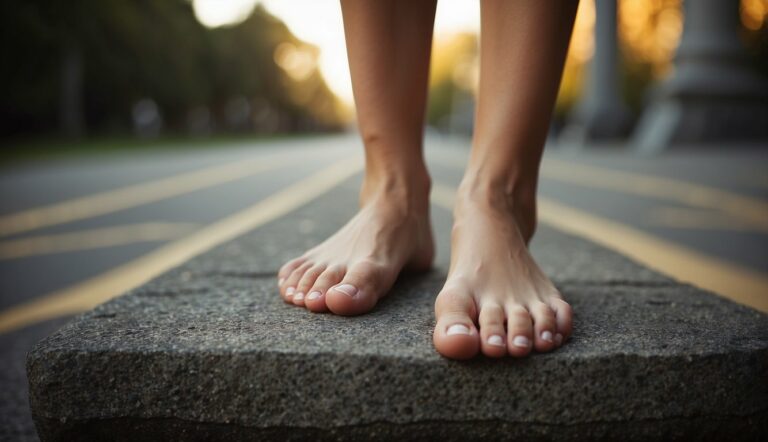Solutions for Bunions: Effective Treatments and Pain Relief Strategies
Bunions, those bony bumps that form at the base of the big toe, can cause significant discomfort. Through my experience with toe spacers, I’ve learned that they play a critical role in alleviating bunion pain. Toe spacers work by realigning the big toe, taking pressure off the joint, and redistributing your weight more evenly across your foot. It’s a non-invasive solution that offers relief without the need for surgical intervention.
From my involvement in this field, I’ve seen firsthand how maintaining a healthy weight contributes to reducing the stress on the affected joint. A combination of protective padding like moleskin or gel-filled pads, and the right footwear, can make a considerable difference in managing bunion pain. These methods not only cushion the bunion but also help in preventing further aggravation.
To effectively manage bunion pain at home, it’s essential to select supportive shoes with a wide toe box and to use pain-relieving treatments such as ice packs or warm soaks. When incorporated into a daily routine, these strategies can significantly reduce the pain associated with bunions and improve foot health.
What Are Bunions?
I’ve seen plenty of cases where a bunion, or “hallux valgus,” creates a visible bump at the base of the big toe. It’s important to tackle the reasons behind their formation and recognize the signs early on.
Causes and Risk Factors
The formation of a bunion is typically due to a misalignment of the bones at the front part of the foot, often leading to a protruding joint on the side. Here are specific factors that could put you at risk:
- Genetics: A family history of bunions can increase your likelihood of developing them.
- Footwear: Tight shoes or high heels that constrict the toes may exacerbate bunion formation.
- Flat Feet: Having flat feet is known to contribute to the development of bunions due to the altered foot mechanics.
- Arthritis: Conditions like rheumatoid arthritis can lead to bunions due to joint damage.
Symptoms and Diagnosis
Early signs can often prevent aggravation, so here’s what to watch for:
- Visible Bulge: A bunion appears as a bump on the outer edge of your toe.
- Pain and Tenderness: You may feel persistent or occasional pain at the site of the bunion.
- Stiffness and Restricted Movement: Difficulty in moving the toe can indicate a bunion’s severity.
Diagnosing a bunion typically involves a physical examination and, if necessary, an X-ray to determine the alignment of the bones in your foot and the bunion’s progression.
Non-Surgical Bunion Treatments
Managing bunions effectively can often be achieved without resorting to surgery. There are several non-invasive strategies that can provide relief from bunion symptoms by addressing foot alignment, reducing pressure on the affected joint, and managing pain.
Protective Paddings and Orthotics
Bunion pads and orthotics are essentials in the toolkit for non-surgical bunion relief. I find that using gel-filled pads or moleskin can cushion the bumpy joint to minimize friction and pressure. Over-the-counter arch supports or prescription orthotic devices can improve foot positioning and comfort.
- Protective Paddings: Add cushioning directly over the bunion with bunion pads.
- Orthotics: Custom or over-the-counter orthotics can help by providing better arch support and redistributing pressure away from the bunion.
With these tools, many individuals experience a reduction in pain and can continue their daily activities with less discomfort.
Footwear Modifications
Choosing the right footwear is crucial for bunion care. Look for shoes with a wide toe box to give your toes plenty of room and avoid aggravating the bunion. I’ve also seen good results when people avoid heels higher than two inches to reduce the pressure on the toes.
- Proper Footwear Checklist:
- Wide toe box
- Low to moderate heel
- Soft, flexible materials
Regularly wearing properly fitting shoes can keep bunions comfortable and slow their progression.
Pain Management Techniques
Pain management is paramount. Simple remedies like ice packs can reduce inflammation and provide temporary pain relief. For consistent discomfort, nonsteroidal anti-inflammatory drugs (NSAIDs) like ibuprofen can be effective. Combined with foot exercises aimed at strengthening and stretching the toes, these techniques alleviate the symptoms associated with bunions.
- Non-invasive Pain Relief Options:
- Ice packs: Apply to reduce swelling
- NSAIDs: Ibuprofen for pain and inflammation
- Foot exercises: Strengthen and stretch affected area
It’s about finding the right balance of treatments that work for your lifestyle and the severity of your bunion symptoms.
Surgical Bunion Interventions

In exploring ways to address bunions, surgery often comes into play when other methods haven’t provided relief. Different surgical options aim for long-term correction and management of this toe issue.
Types of Bunion Surgery
From my experience with toe spacers and understanding the progression to surgical intervention, I know that bunionectomy and osteotomy are common surgeries for bunions. A bunionectomy involves removing the bunion and realigning the surrounding structures, while an osteotomy includes cutting, realigning the toe bone, and stabilizing it with screws or pins.
- Bunionectomy: Removes the bony outgrowth and corrects alignment.
- Osteotomy: Cuts and realigns the toe joint; uses screws for stabilization.
It’s important to note that surgery aims not only to alleviate pain but also to mitigate the chance of recurrence.
Preparation and Recovery
In the weeks leading up to surgery, it’s critical to follow your healthcare provider’s guidelines to prepare for the procedure. Typically, comprehensive recovery can range from weeks to months and involves rest, elevation, and guided physiotherapy to regain strength and mobility.
Preparation:
- Follow healthcare instructions.
- Plan for time away from usual activities.
Recovery:
- First weeks: Rest and limited mobility.
- Following months: Gradual reintroduction of activities and physical therapy.
Adherence to recovery protocols is key to optimizing the surgical outcome and preventing issues post-procedure.
Daily Lifestyle Adjustments
Making daily lifestyle adjustments can greatly reduce bunion discomfort and prevent exacerbation. This involves a combination of targeted exercises and healthy foot practices that together work to maintain joint flexibility and proper foot mechanics during daily activities.
Exercise and Physical Therapy
I recommend starting with toe stretches to increase flexibility and reduce stiffness. Performing these stretches daily can help improve toe alignment and alleviate pain:
- Toe flexing and contracting: Hold for 10 seconds, repeat 10 times.
- Toe circles: Perform this movement 10-20 times to mobilize joints.
Incorporating physical therapy exercises specifically designed for bunions can aid in maintaining a healthy weight and improving walking mechanics. These exercises should focus on strengthening surrounding muscles, which, in turn, provide better support for the affected joint.
Healthy Foot Practices
Daily habits play a significant role in managing and preventing bunions. Here are specific practices I follow:
- Choose supportive footwear that provides ample space for toes.
- Use toe spacers to help maintain proper toe alignment.
- Apply protective pads to cushion the bunion and reduce pressure.
By adopting these daily practices, you can contribute significantly to your overall foot health, and possibly halt bunion progression. Remember to integrate these adjustments gradually and consistently for the best results.
When to Consult a Healthcare Professional
If you’re experiencing pain, swelling, or any signs of foot problems such as bunions, it’s wise to consult a healthcare professional. As someone who navigates the world of toe spacers, I understand the importance of addressing foot deformities early. Here’s when you should seek medical advice:
- Persistent Pain: If you have continuous pain in your foot that doesn’t subside with rest or over-the-counter pain relievers, see a doctor.
- Visible Deformity: Bunions manifest as a prominent bump on the side of the big toe. If this bump is noticeable and causes discomfort, it’s time to talk to a podiatrist.
- Swelling or Inflammation: Swelling that doesn’t improve after home care, such as icing and elevation, indicates a need for professional evaluation.
- Difficulty with Footwear: When normal shoes no longer fit comfortably or you can’t find shoes that accommodate the bunion, a professional can suggest treatment options and footwear modifications.
Treatment options vary and may include non-invasive methods such as toe spacers and proper footwear, as well as surgical interventions for more severe cases. Don’t wait too long; early treatment can alleviate symptoms and may prevent further complications. Remember, as a toe spacer expert, I strongly recommend consulting a podiatrist to receive a tailored treatment plan.
